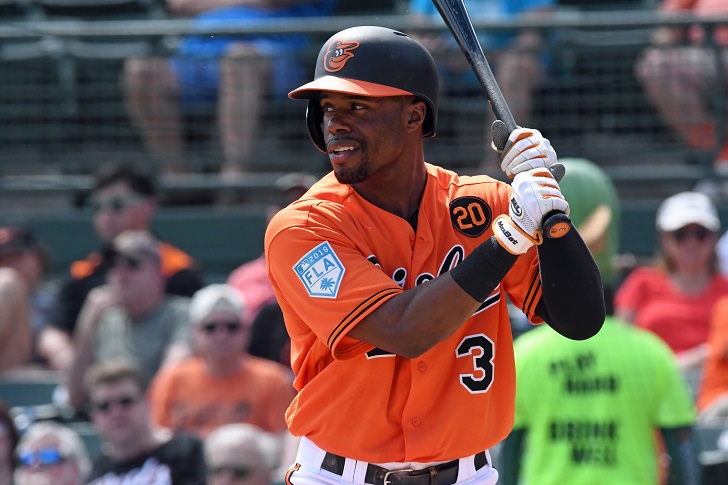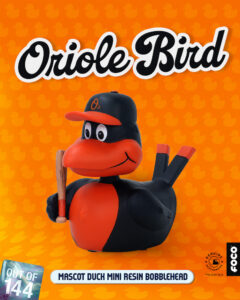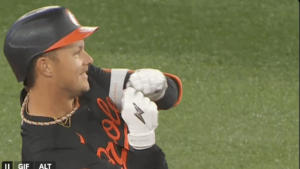Last Tuesday on ESR, Rob Shields highlighted how Cedric Mullins has improved since he first came up in 2018. This 2021 season has only been going on for two weeks, but it is already his best yet. My theory is that Mullins’s resurgence is primarily due to changing from being a switch-hitter to only batting from the left side. To test that hypothesis, let’s briefly look at MLB’s history with switch-hitting.
Overall, according to The Crawfish Boxes article titled “Flipping the Switch”, the amount of MLB plate appearances taken by switch-hitters has decreased by 6.4% from 1992 to 2018. This is certainly related to the fact that analytics have driven MLB decision-making over the past decade or so. As a result, teams have recognized that often the numbers do not support switch-hitting. In fact, pitchers are able to expose every weakness in each hitter’s swing as scouts and coaches analyze them diligently. Unfortunately for switch-hitters, a swing is much more likely to have weaknesses when the batter is not swinging from his natural side. In fact, Mullins has even said, it is “difficult to try and create two different swings.” A pre-game batting practice session is a perfect example of a time when switch-hitters face developmental difficulties. Before the game each player is allotted the same amount of time to take some swings. So, switch-hitters have to split their time up between each side of the plate, and end up getting in only half as much work as one-sided players. The challenge of switch-hitting in modern baseball is actually significant enough that it has made Lance Berkman regret batting from both sides. It’s somewhat fair to wonder if Berkman would’ve made the Hall of Fame, or even could’ve won the Home Run Derby over Miguel Tejada in 2004, if he had switched to hitting only from his stronger left side his whole career.
Throughout baseball history, only two players with a significant amount of plate appearances changed from being a switch-hitter to hitting exclusively from their natural sides, according to Beyond the Box Score’s article titled “Switch-Hitters, Sometimes”.
First, Mariano Duncan switched at the age of 26, just like Mullins, before the 1989 season. Before he made the change to only batting right-handed, Duncan’s wOBA was .274 over three seasons. Afterwards, he posted a wOBA of .317 over nine seasons. So, he went from someone who did not deserve to be in the major leagues to a solid, league-average hitter with three above-average seasons in 1990, 1992, and 1996.
Second, J.T. Snow changed from switch-hitting to only batting left-handed in 1999, when he was 31 years old. His before and after switching wOBA’s were .339 and .349, respectively. However, the aforementioned article, “Switch-Hitters, Sometimes”, states that “Snow improved over 60 wOBA points against left-handers for his career” once he started hitting only from the left side. Thus, these two players surely provide solid examples that prove how changing from being a switch-hitter to only batting from the player’s strong side can be career-rejuvenating.
Finally, Mullins did not even begin to switch-hit until his senior year of high school. So, it was not how he learned to hit as a child and early teenager, when his brain was developing the most. It was never natural for him, and the idea of becoming a full-time lefty hitter is not new for Mullins. Buck Showalter even suggested it in 2018, as Mullins’s wOBA was .051 higher hitting left-handed versus right-handed in the minor leagues. So, Mullins has finally committed to making the change to batting from the left side full-time with the complete support of the coaching staff in 2021, and it truly is paying off for him.
Let’s hope that his success continues as he leads the team on the field with spectacular plays, while making a difference in the community as an impactful member of the Players’ Alliance off of it.









